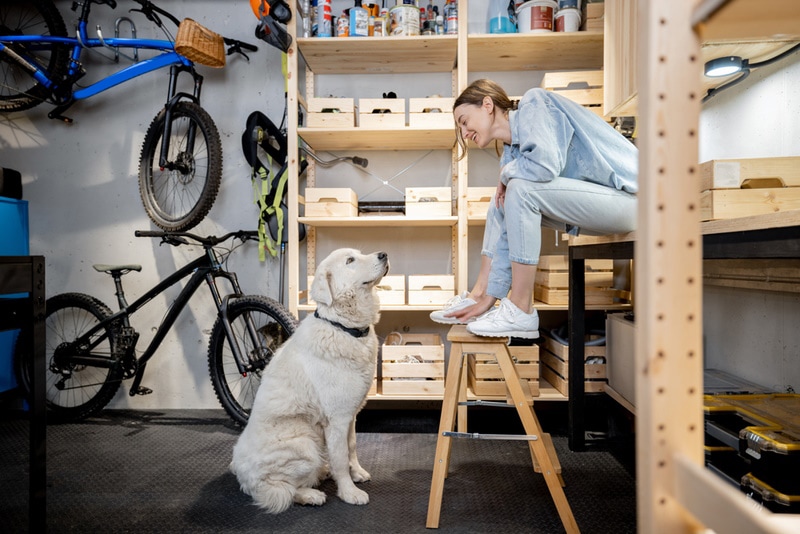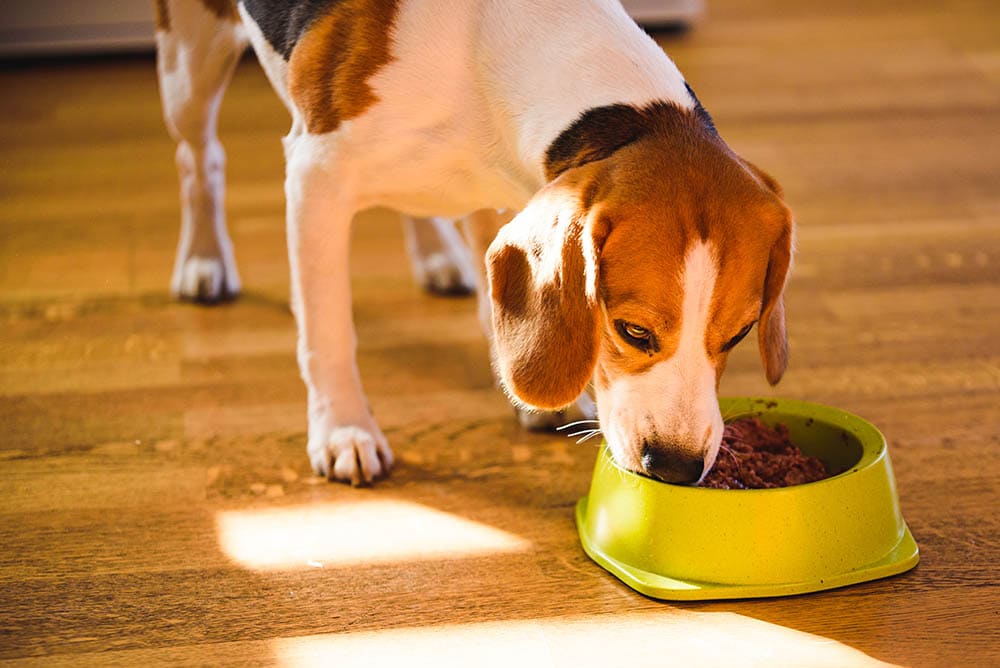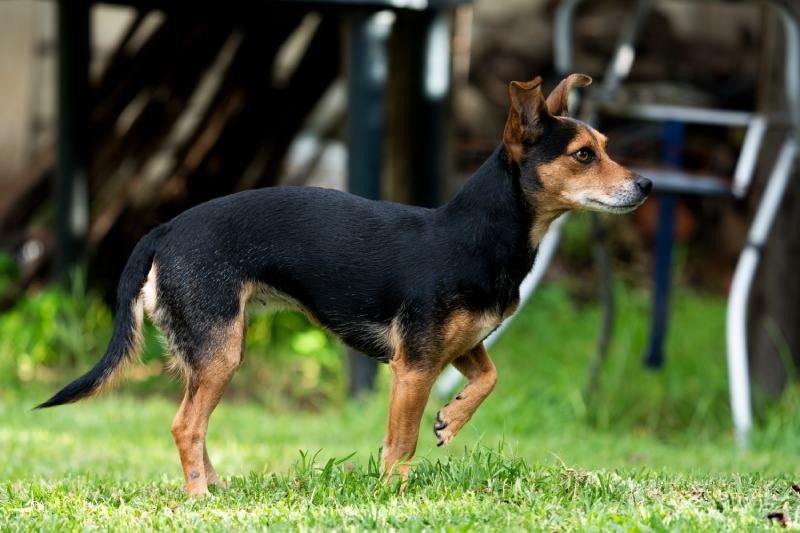What Were Yorkies Bred For? History & Origins Explained
Updated on
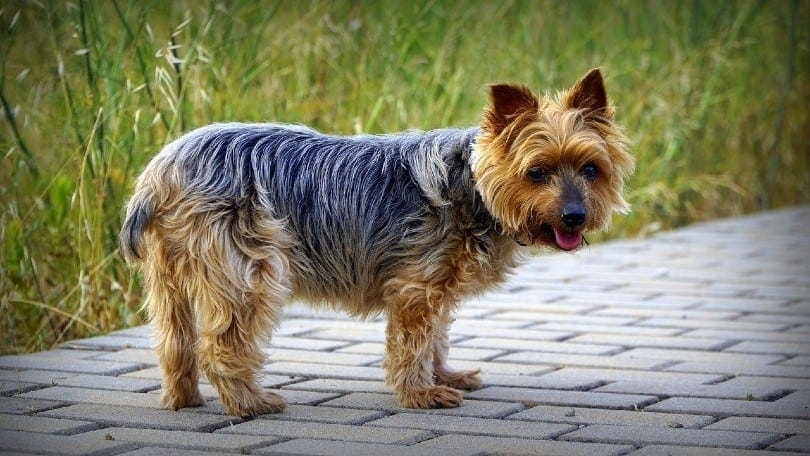
Click to Skip Ahead
The tiny Yorkie is known for their spirited personality and boundless energy. Most people find these dogs irresistible, but some people think that their small size limits their abilities.
Yorkies were originally bred for “ratting.” These tiny dogs were tasked with catching rats in mines and mills throughout northern England. They eventually moved on to hunting small game that lived underground, like foxes and badgers.
The Yorkie breed has an interesting history, and their role has changed significantly over the years. They’ve been ratter, hunters, and companions. Let’s take an in-depth look at the history of the Yorkie.
What Yorkies Were Bred For
Yorkies, or Yorkshire Terriers, are tiny dogs. A typical Yorkie only grows to about 9 inches in height and weighs between 5 and 7 pounds. But despite their size, they were bred as a working breed.
Ratting Dogs
This confident, brave, and feisty dog breed was originally bred in England for ratting. Primarily used in coal mines and mills, Yorkies were let loose to skillfully hunt down rats. Rat infestations in England were a big problem in the 19th century. The rodents carried deadly diseases, destroyed farmers’ crops, and generally made life difficult throughout the country. Yorkies were the solution!
It’s important to note that when Yorkies were originally bred as ratters, they weren’t as small as they are now. But they were small enough to fit into small cracks where rats liked to hide, and they had a strong prey drive. Their success with rat hunting eventually led to their transition into small-game hunting.
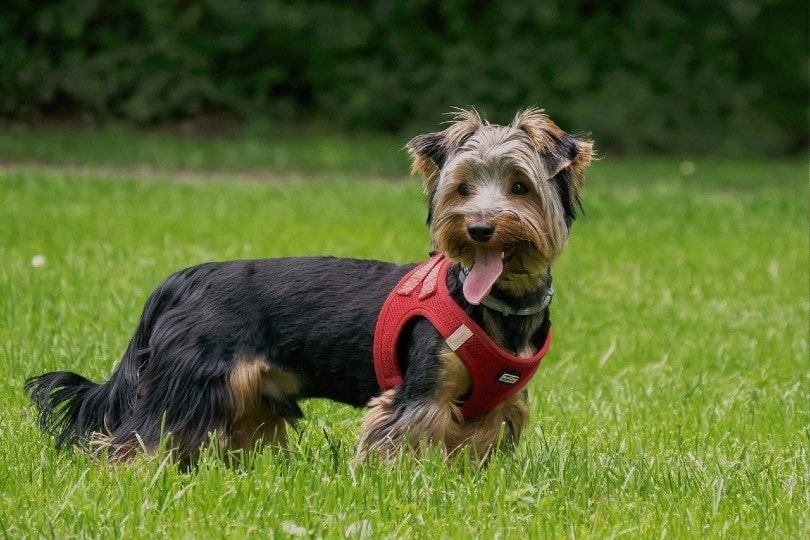
Hunting Dogs
Yorkies were fierce predators with confidence in their abilities. Their prey drive gave them the skills that they needed to hunt down small game animals like badgers and foxes.
These dogs tracked down their prey into burrows and alerted their owners. Hunters could then dig open the burrow to find their target. Some hunters released their Yorkies into underground burrows to flush out small game.
It’s unlikely that you’ll see a Yorkie being used as a hunting dog today, but modern Yorkies still retain the same strong prey drive that made them so good at their jobs.
Rat Baiters
Sadly, Yorkies were also subjected to the blood sport of rat-baiting, like Bulldogs and Pitbulls were used for bull-baiting. This cruel sport involved placing a Yorkie into a sunken pit filled with rats. Spectators placed bets on how long it would take the dog to kill all the rats. The dogs would pin the rats down and give them the “death shake.” Often, two dogs would be put into the pit at the same time.
Violent dog sports weren’t unique to Yorkies. Many dog breeds were subjected to these events, including Rat Terriers, Bedlington Terriers, Bull Terriers, and Fox Terriers. The U.K. Parliament passed the Cruelty to Animals Act in 1835, which banned the baiting of large animals like bulls. Unfortunately, the law didn’t extend to rats and therefore, didn’t protect Yorkies the way that it did larger dog breeds.
In the 1800s, it is estimated that London alone had over 70 rat pits. While it was eventually banned, this sport is still legal in some countries. The last known public rat pit event was held in Leicester in 1912. The owner of the pit was prosecuted and fined.
History of the Yorkie
It took many generations and iterations of dogs to get the Yorkie that we know today. This tiny dog was no accident.
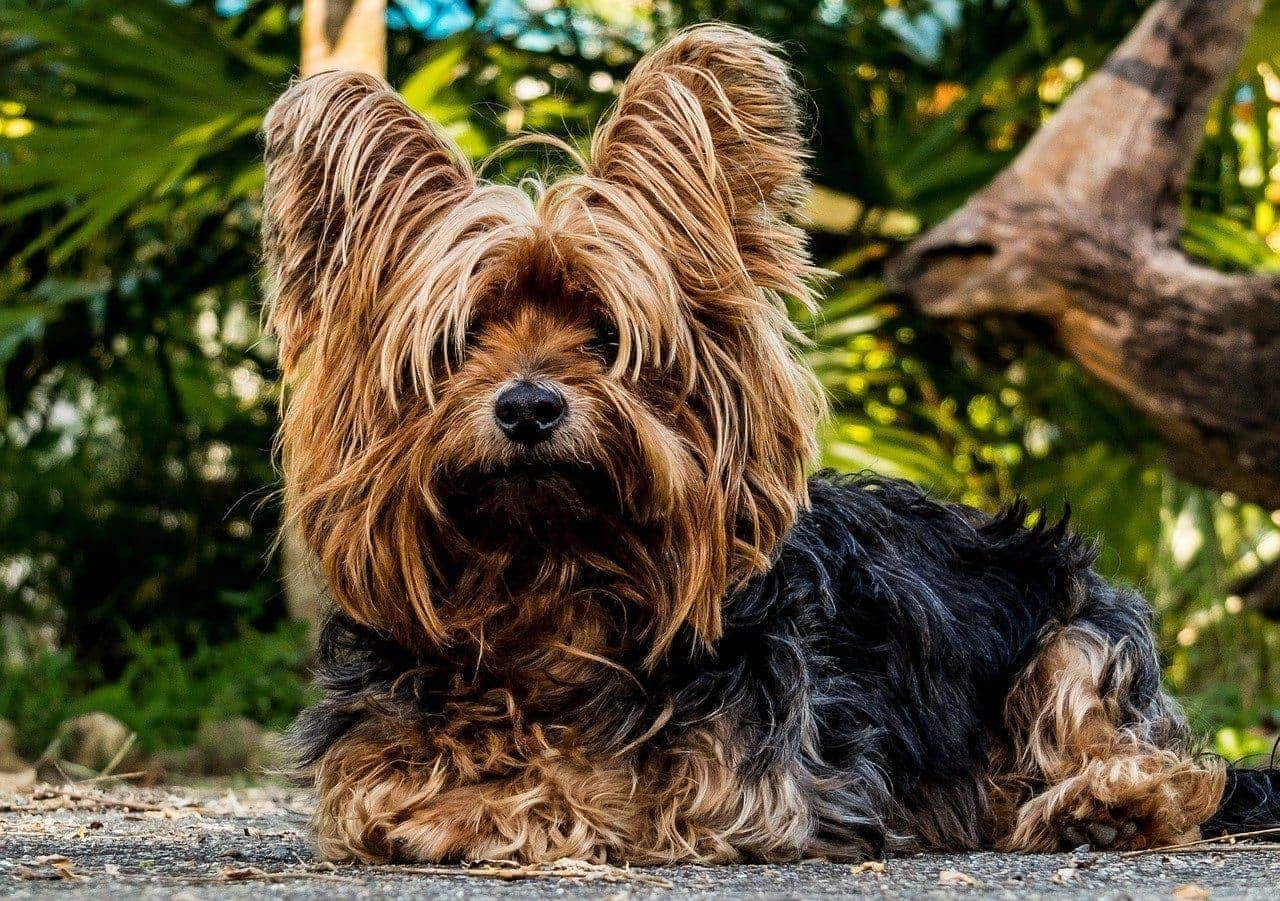
Scottish Terriers
The Industrial Revolution in 19th century England saw a flood of Scottish workers entering the country. Many of these immigrants brought their companion dogs along, most of which were small terriers. The Paisley Terrier, Skye Terrier, and Waterside Terrier were common Scottish breeds that became the ancestor of the Yorkie.
It’s suspected that the Yorkie is primarily descended from the Waterside Terrier, also called the Airedale Terrier. But no one is 100% certain. Many believe that the Yorkie is descended from a combination of Scottish Terrier breeds.
The First Yorkie
The Yorkshire Terrier made their debut at a dog show in 1861. They were introduced as the “Broken-Haired Scotch Terrier,” due to their Scottish heritage and wiry coat. The dog breed kept this name for nearly a decade. It was also referred to as the “Rough Coated Toy Terrier” or “Broken Haired Toy Terrier.”
A reporter in 1870 commented that the dog’s name should be changed to the “Yorkshire Terrier” because they had changed from their original breeding. The name stuck and has since been shortened to “Yorkie” in everyday language.
Since there were no breeding standards for the Yorkshire Terrier at the time, any dog that resembled one could adopt the name. Many dogs with no genetic connection to the Yorkie were labeled as such.
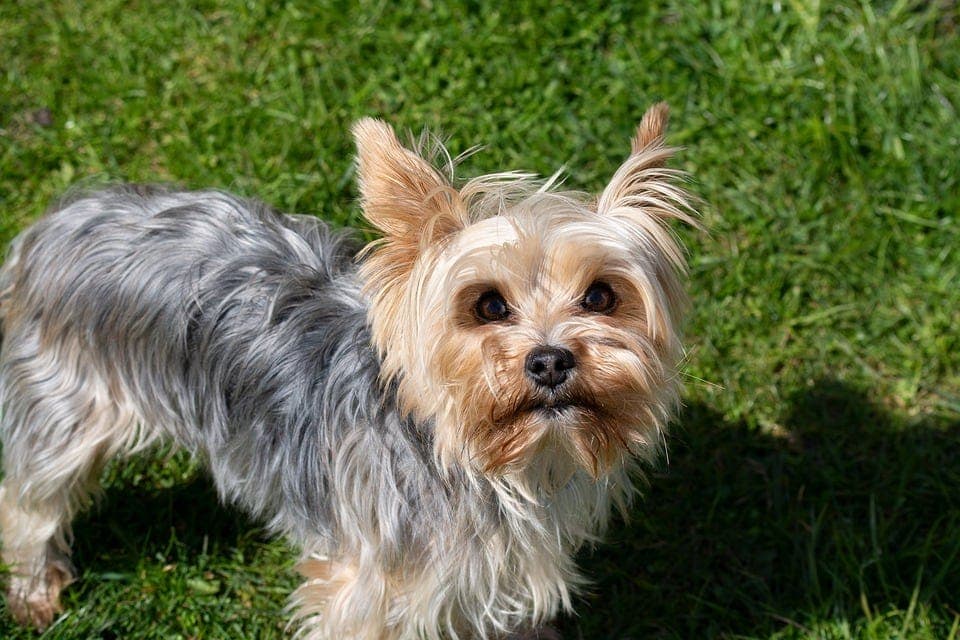
The “Father of the Yorkie”
In the late 1860s, Yorkie breeding standards developed. Huddersfield Ben was a show dog in Great Britain. He was a superstar in his time, winning multiple show awards and rat-baiting events. He became the standard for the Yorkie. His puppies were the birth of the breed that we currently know as the Yorkshire Terrier and the reason that Huddersfield Ben has been dubbed “the father of the Yorkshire Terrier.”
Yorkies in North America
The Yorkie was introduced to North America shortly after their breeding standard was developed in 1872. The American Kennel Club officially registered the breed in 1885.
The Yorkie’s popularity has had its ups and downs. It was at an all-time low in the 1940s, but during World War II, something changed. At a mighty 4 pounds and 7 inches tall, a Yorkie named Smoky served as a war dog. He was found in an abandoned foxhole in New Guinea by a soldier named Bill Wynne. He took the dog with him in his backpack, and Smoky spent years by his side. This dog is believed to be the reason for the resurgence in the Yorkie’s popularity. There is even a memoir written about Wynne and Smoky, called “Yorkie Doodle Dandy.”

The Modern Yorkie
It’s safe to say that ratting, hunting, and rat-baiting are jobs of the past for the Yorkshire Terrier. Today, these dogs are bred solely as companions and lapdogs. They make great playmates, as they have retained some of their personality traits from their ancestors.
Yorkies are adaptable, energetic, smart, and confident dogs. They do have a strong prey drive and will show aggression to smaller animals like guinea pigs or hamsters. This is part of their genetics, but it’s safe to say that you won’t have rats infesting your house.
The size of the Yorkie makes them great apartment dogs. They don’t shed much, and they require a minimal amount of exercise (or at least can be exercised in a small space). They are the perfect companion dogs.
Final Thoughts
After generations of chasing down rats in England, the Yorkie has now earned their place as a popular companion dog. They have been consistently in the American Kennel Club’s top 10 most popular dog breeds list since 2013 and have similar popularity in the U.K., Australia, Italy, and parts of South Africa. Their rich history only makes them more interesting. These dogs have made their way from being part of the working class to life as a luxury lapdogs.
Featured Image Credit: Josep Monter Martinez, Pixabay



